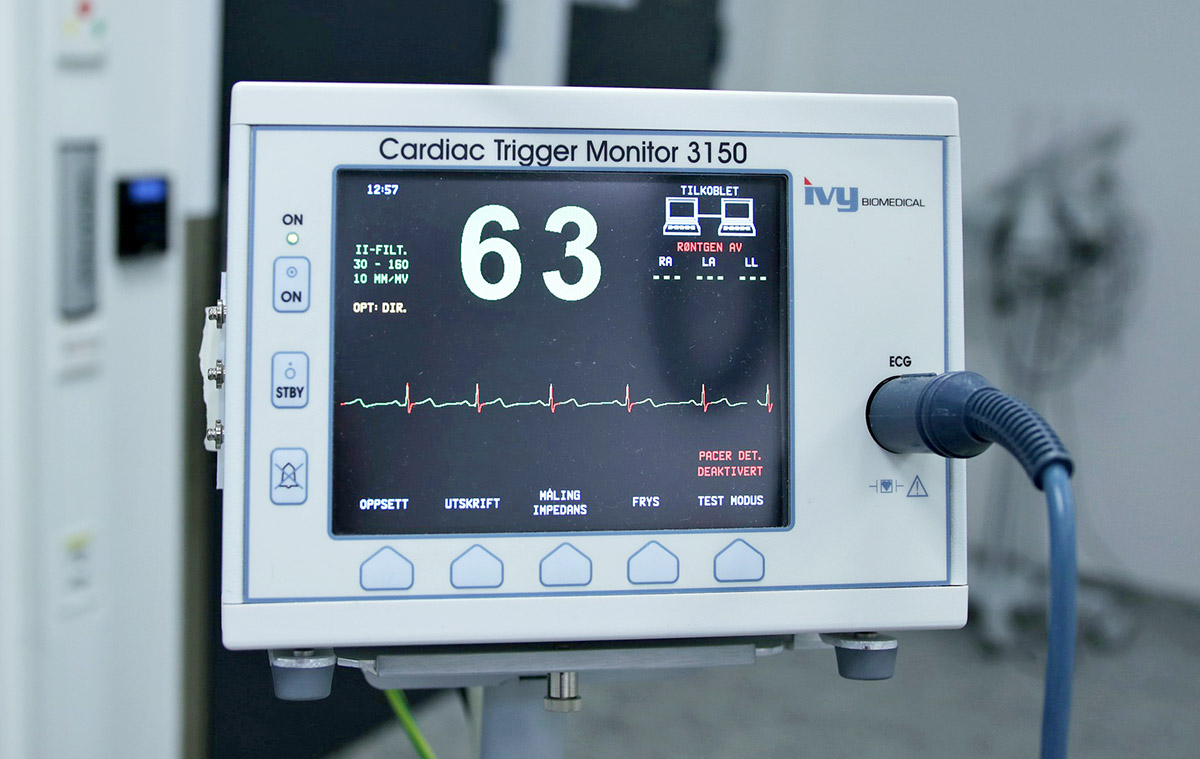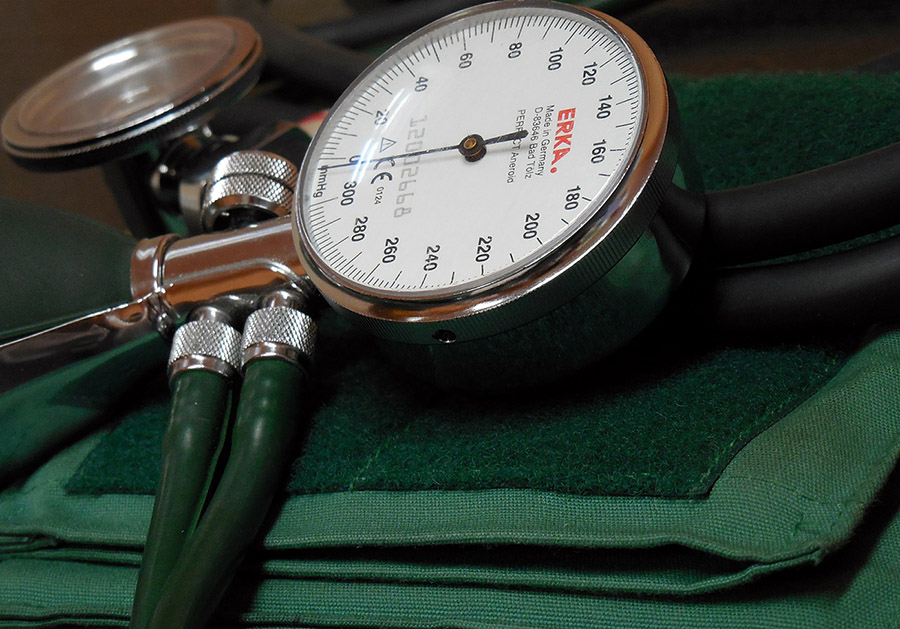We are medical device industry regulatory experts
The consultants at Medical Devices and Pharma have decades of aggregated experience working with a variety of medical devices. That includes expert knowledge of regulations from the U.S. Food and Drug Administration (FDA), Health Canada (HC), the European Union (EU) and other global regulatory bodies. We offer current information about new and novel medical devices, device safety alerts, industry news, and enforcement actions like FDA warning letters. Our regulatory specialists can expertly compile, prepare, and submit regulatory submissions for regulatory marketing authorization, like an FDA 510(k) premarket submission.
What is a medical device?
The definition of a medical device encompasses a wide range of complexity and purposes, from a walking cane to an artificial heart. It can be a physical apparatus or something like software or a chemical reagent.
Regardless of its form or composition, a product is defined as a medical device if it is used to diagnose a medical issue; alleviate, prevent or minimize the risk of a medical problem; or to provide medical treatment.
The differences between medical devices and pharmaceuticals.
Is your product a medical device?
Let us answer your questions about your medical device product, from device classification and requirements to establishment registration and device listings and requirements you need to follow in order to market the product in the U.S. Click here to contact us.
The FDA defines a medical device as:
An instrument, apparatus, implement, machine, contrivance, implant, in vitro reagent, or other similar or related article, including a component part or accessory which is:
- Recognized in the official National Formulary, or the United States Pharmacopoeia, or any supplement to them,
- Intended for use in the diagnosis of disease or other conditions, or in the cure, mitigation, treatment, or prevention of disease, in man or other animals, or
- Intended to affect the structure or any function of the body of man or other animals, and which does not achieve its primary intended purposes through chemical action within or on the body of man or other animals and
- Which does not achieve its primary intended purposes through chemical action within or on the body of man or other animals and which is not dependent upon being metabolized for the achievement of its primary intended purposes.
The term “device” does not include software functions excluded pursuant to section 520(o). Source: “Is the Product a Medical Device?“
Pre-amendment and post-amendment devices
Devices are also identified as pre-amendment or post-amendment based on when they received FDA market clearance. This makes a difference for how a manufacturer can put a device on the U.S. market.
Pre-amendment devices were on the market prior to the enactment of the Medical Device Amendments (MDA) of the Food, Drug and Cosmetic Act on May 28, 1976. They do not require a premarket approval (PMA) or premarket notification (510(k)) submission prior to market entry.
Post-amendment devices received marketing approval after the enactment of the MDA in 1976. Class III devices require the FDA approval of a PMA before the device can be sold on the market. Most class II and some class I devices require a 510(k) premarket notification submission to demonstrate that they are substantially equivalent to a medical device that is currently marketed in the U.S.
Medical Device Headlines
Risks with Exactech Equinoxe Shoulder System
FDA Safety Communication April 19 Update: Exactech has initiated a recall to remove Equinoxe Shoulder System devices packaged in the defective bags from facilities’ unused inventory. To see if your device is affected by the recall, visit Exactech’s Recall...
Important Recall Notice for BioMérieux VITEK 2 AST Kit
Class I Recall Notice BioMérieux Inc. has issued a crucial recall notice for its VITEK 2 AST kit, a vital tool in determining bacterial susceptibility to antibiotics. The Food and Drug Administration (FDA) classifies this recall as Class I, indicating a severe risk...
SonarMed Inc Recalls Airway Acoustic Sensors
Urgent Class I Recall Notice SonarMed Inc. has issued a Class I recall for its Airway acoustic sensors due to a critical issue that could lead to serious health consequences for patients. The U.S. Food and Drug Administration (FDA) has identified this as the most...
The IMDRF: International Regulators
The International Medical Device Regulators Forum (IMDRF) plays a pivotal role in shaping global regulatory approaches and standards for medical devices, enhancing safety and innovation across international borders.The International Medical Device Regulators Forum...
FDA Submission and Approval Processes for 510(k)s
Learn how the FDA's 510(k) premarket notification system facilitates the introduction of new medical devices to the market, ensuring safety and compliance.Partner with us to navigate the complexities of the FDA approval process efficiently.The FDA's 510(k) process is...
DeRoyal Industries, Inc. Recalls Tracecarts
Urgent Class I Recall Notice DeRoyal Industries, Inc. has issued an urgent recall notice for certain Tracecarts containing 16FR Urine Meter Foley under recall by Nurse Assist. Identified by the FDA as a Class I recall, the most serious type, the use of these devices...
Class I Recall for Stay-Safe Catheter Extension Sets and Adapters
Urgent Class I Recall Notice FDA has issued a Class I recall – the most serious type – for certain medical devices manufactured by Fresenius Medical Care. The recall concerns Stay-Safe Catheter Extension Sets and Stay-Safe/Luer Lock Adapters, pivotal components used...
Regulatory Information Management Systems (RIMS)
Discover how RIMS plays a pivotal role in ensuring compliance and enhancing operational efficiencies in the medical device and pharmaceutical sectors.Streamline your regulatory processes with a centralized platform for managing critical compliance information.Adapt to...
Abbott/Thoratec Recalls HeartMate II and HeartMate 3 LVAS
Recall Alert: HeartMate II and HeartMate 3 Left Ventricular Assist Systems (LVAS) The FDA has issued a Class I recall, the most serious type, for the HeartMate II and HeartMate 3 Left Ventricular Assist Systems (LVAS) due to potential serious injuries or death...
Quality Management System Regulation – QMSR
QMSR CentralExplore how the FDA's newly introduced Quality Management System Regulation (QMSR) is set to redefine compliance standards in the medical device industry, transitioning from the traditional 21 CFR 820 framework.ISO 13485:2016 Clauses 1 Scope2 Normative...


